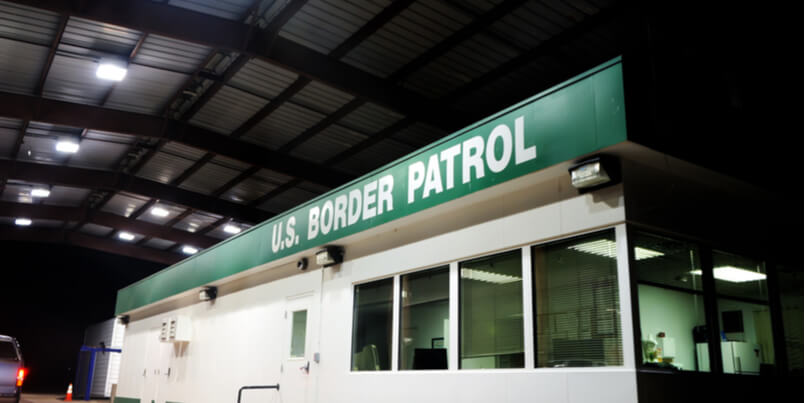 The use of accurate spectroscopy equipment is an essential factor in enabling emergency response teams, border control and law enforcement to quickly and efficiently screen, detect (and where possible identify) an unknown source of radiation.
The use of accurate spectroscopy equipment is an essential factor in enabling emergency response teams, border control and law enforcement to quickly and efficiently screen, detect (and where possible identify) an unknown source of radiation.
Radiation-emitting materials can be broadly divided into several categories - encompassing what are known as naturally occurring radioactive materials (NORM); Special Nuclear Materials (SNM); medical radioactive isotopes (radiological materials used for the purposes of medical diagnosis or treatment) and industrial radioisotopes (used in a wide variety of industry applications from construction to mining).
Additionally too, there are illicit radioactive materials that exist outside of regulatory controls and that represent a major global threat.
While personnel will have a basic level of understanding in the use of their radiation detector systems, there can be situations in which they may require the assistance of more in-depth analysis in order to verify a threat, make sense of the data or decide on the best course of action.
The power of reachback for in-depth analysis
As modern-day radiological operations become more localised, more dynamic and less predictable in their nature, there is a growing demand for access to remote collaborative support such as that provided by reachback.
The primary purpose of any reachback programme is to provide expert off-site technical advice and adjudication that helps to strengthen and support the detection mission.
Simulator detector training systems are already highly regarded for the important role that they can play in ensuring that personnel are confident in the operation of their equipment, in interpreting the readings they obtain and in being able to relay vital information up the chain of command.
Until now however, the option of being able to exercise reachback in a training setting is something that has been unachievable using any existing form of simulated radiation technology.
These limitations have been addresses however, with the development and imminent commercialization of the Radiation Field Training Simulator (RaFTS).
Harnessing reachback capability with RaFTS
RaFTS is the culmination of an extensive collaboration between premier US research and development institution the Lawrence Livermore National Laboratory (LLNL) and UK simulator detector manufacturer Argon Electronics.
The RaFTS hardware comprises an externally mounted device that can be attached directly to any suitably adapted radiological detection system.
With the addition of a simple modification to the actual detector, it is then possible for that equipment to be safely used in a radiological training context by responding to totally safe simulated radiation sources.
The RaFTS technology is applicable to all types of handheld and mobile spectroscopic detection systems, as well as portal monitors and backpack detection equipment.
Realistic spectrometry-based radiation training
With the recent announcement of an exclusive commercialization and distribution agreement between LLNL and Argon Electronics, RaFTS is poised to provide substantial and unprecedented advancement in the delivery of realistic spectrometry-based radiation training.
From a radiation training perspective, there have always been inherent challenges in replicating the process of reachback in an exercise environment.
The game-changing nature of RaFTS' architecture means it is now possible for organizations to apply their own sensitive scenario spectrum images during training exercises, and without the need to defer to any other party.
But perhaps most significant of all, the RaFTS technology is able to trigger the adapted detector to generate a high-fidelity spectra file that can be transferred in real time to an organization's reachback centre, enabling that data to be analysed and fully integrated within a radiation training exercise.
Reachback has a crucial role to play in strengthening radiological detection capability, in informing technical and analytical decision-making and in aiding the integration of law enforcement, technical and scientific communities.
By harnessing the capability of RaFTS technology, radiological instructors now have the opportunity to integrate the power of reachback within their training scenarios, to provide even more more compelling and engaging learning experiences for their trainees.







